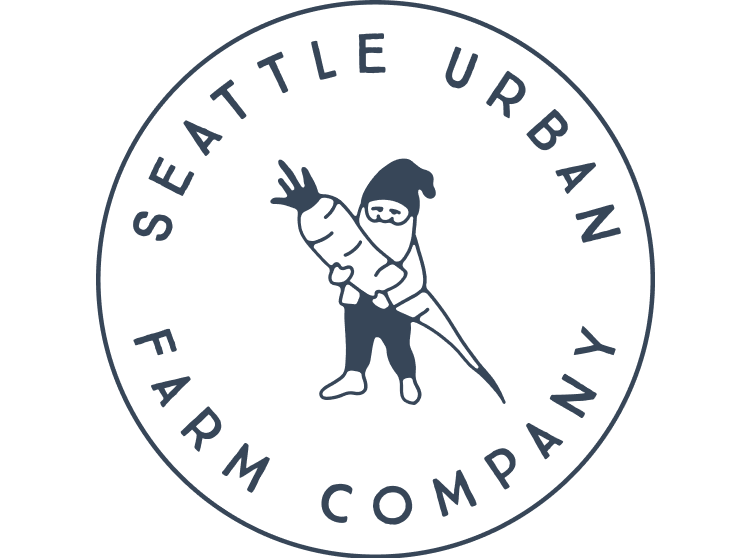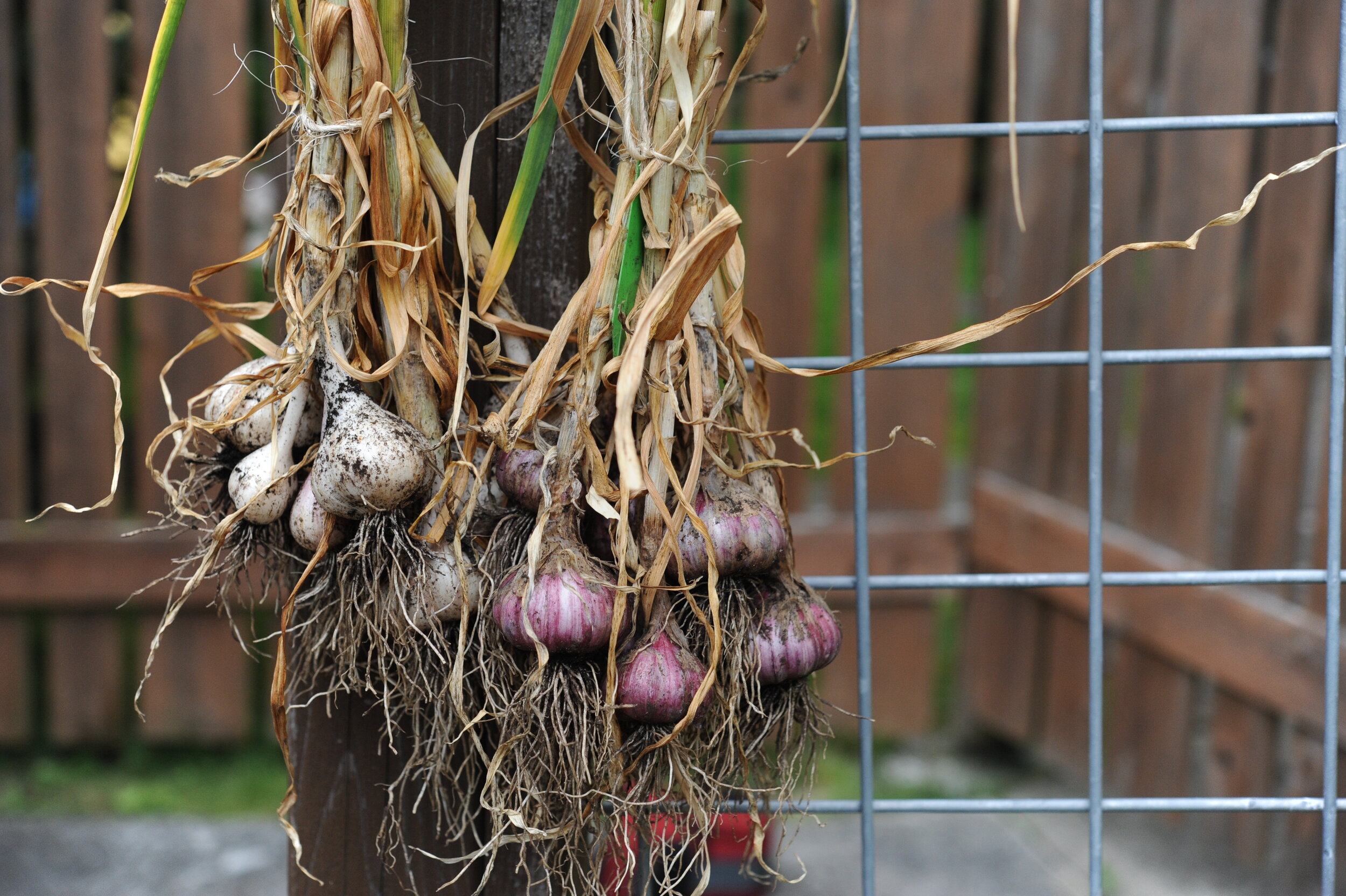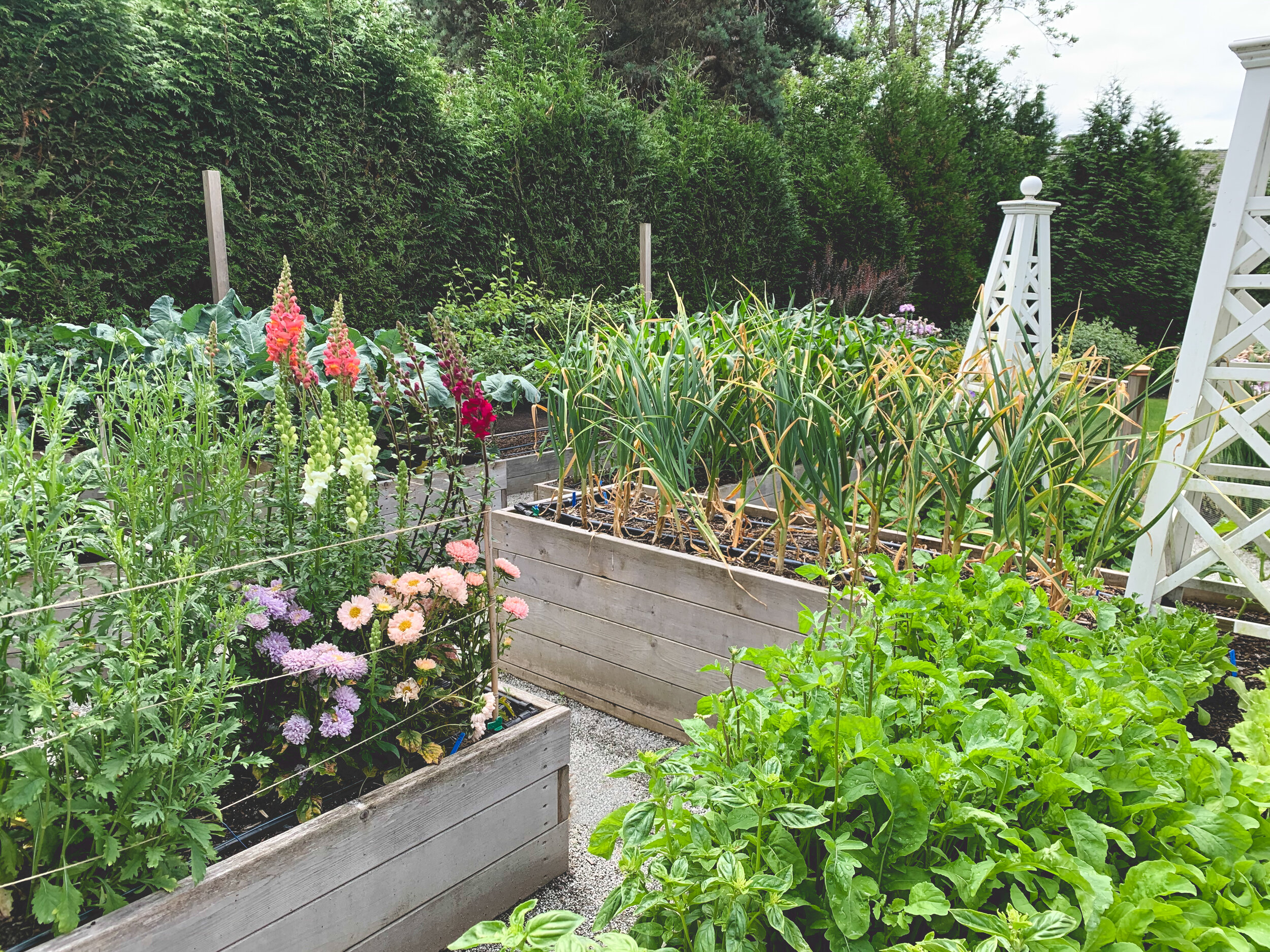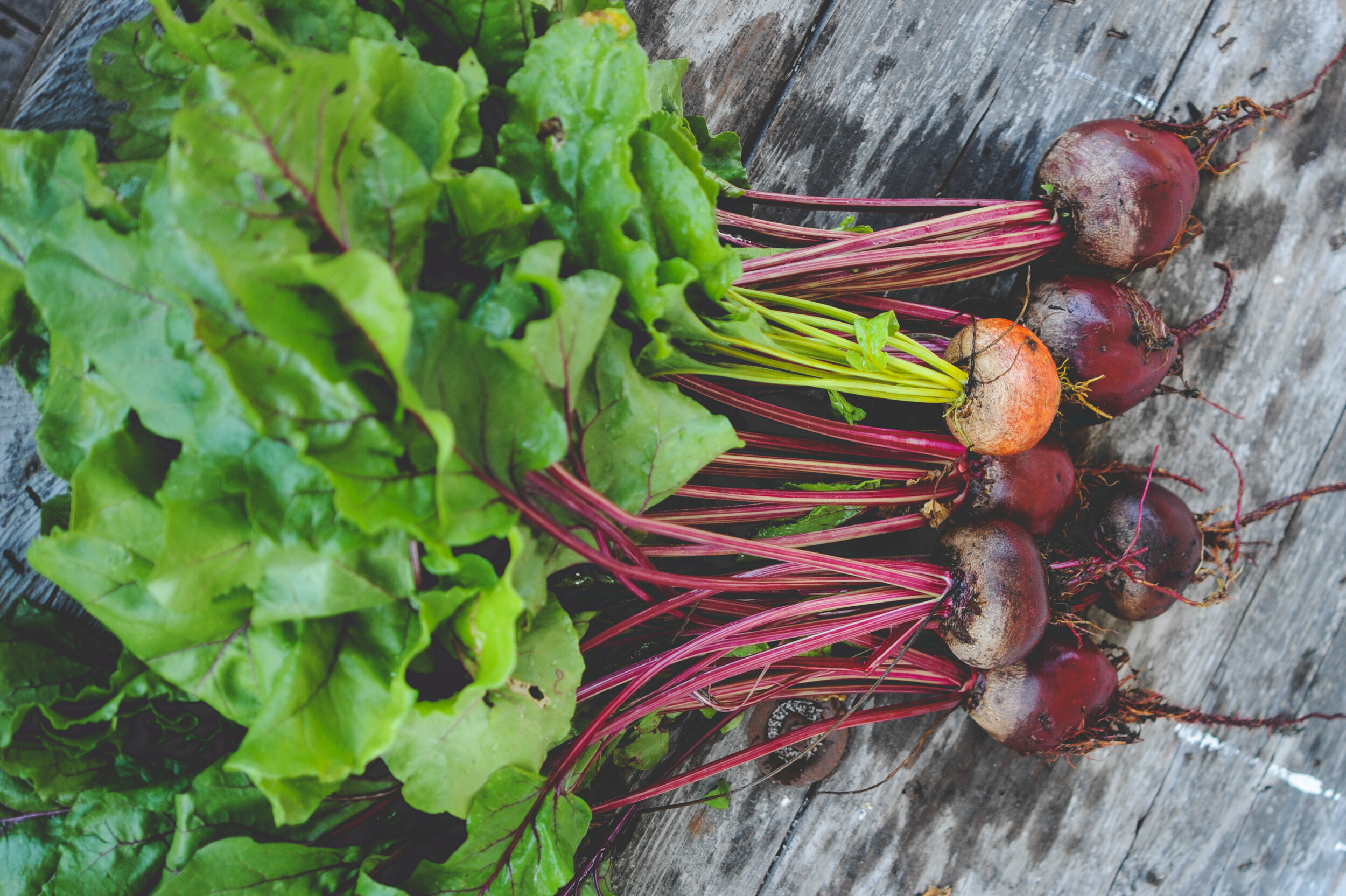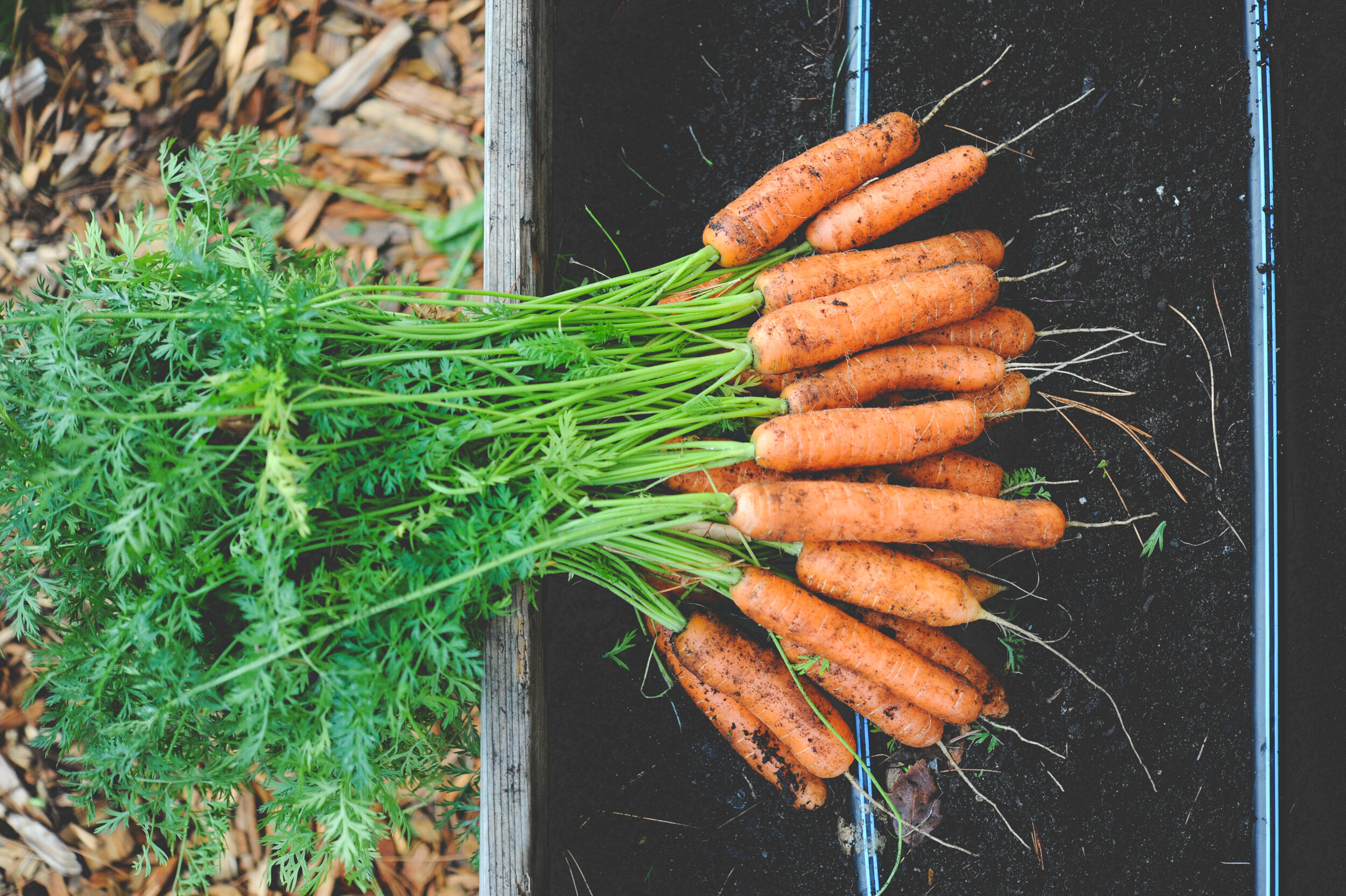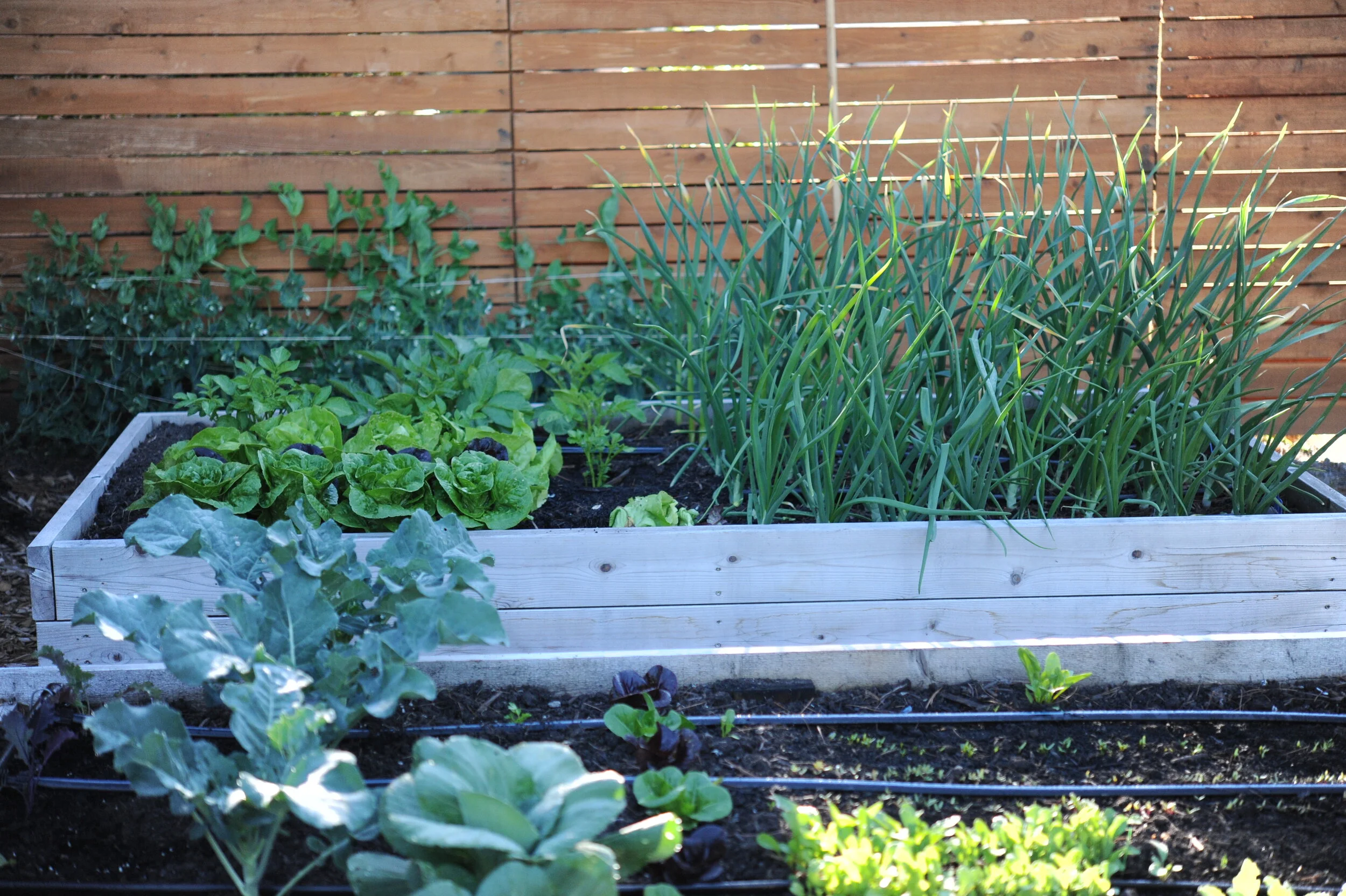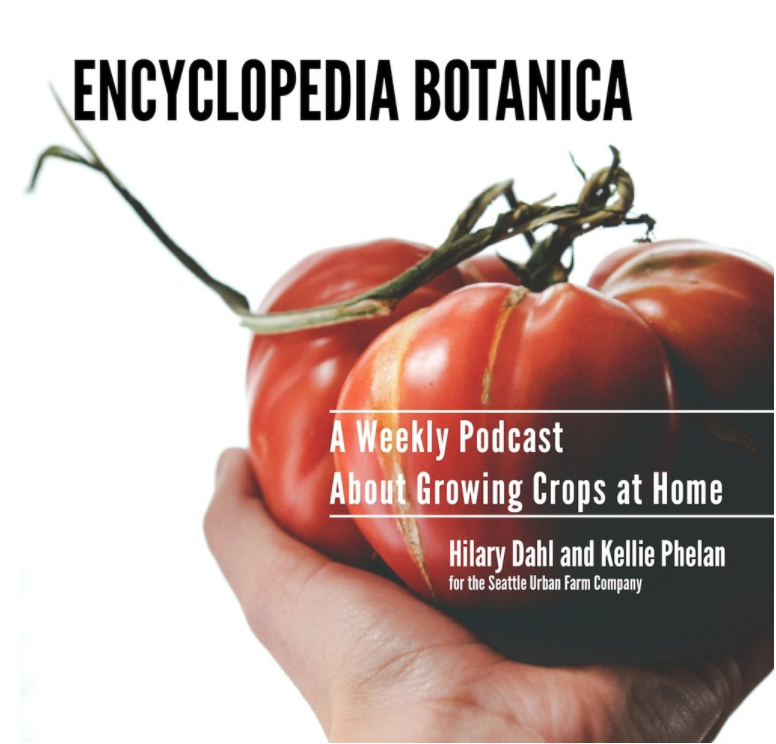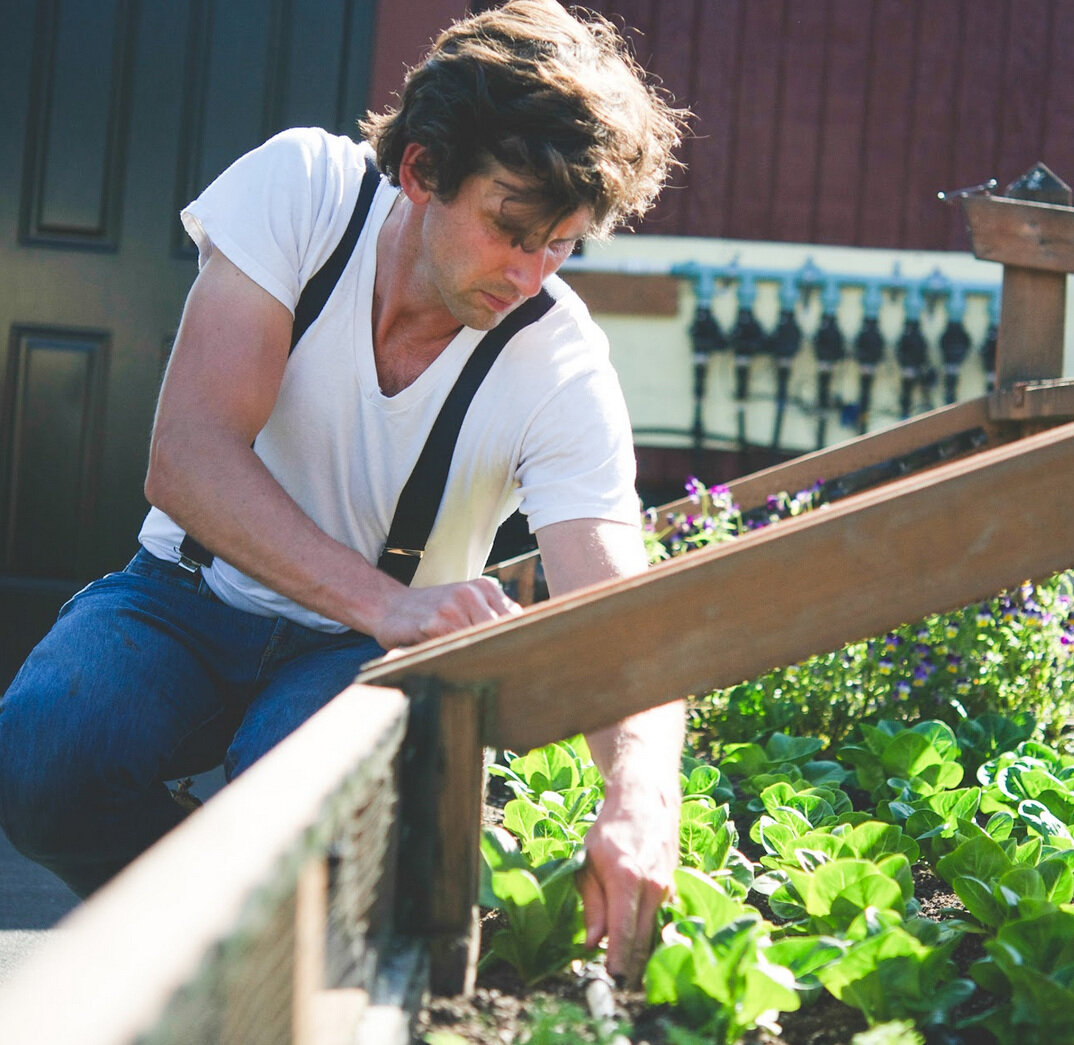Mid-July brings warmer weather to many regions, and this weather brings the end of pea season. It’s also the time when garlic and onions (bulbing alliums) have matured and are ready to be pulled from the garden to make room for another crop. So...what’s next? Just when you thought your garden was full and it was time to sit back and enjoy the bounty, it’s time to start planting again! There’s rarely a dull moment in a high-yield vegetable garden!
Let’s start with peas. Peas are almost always planted along a trellis for support. I get a lot of questions about how to best use that trellis for a mid-summer planting. If you’re pulling your peas in mid-July, when they usually start to get powdery mildew from the heat, and you’re in the Pacific Northwest (PNW), you’ll only have 60-75 solid growing days left. There aren’t a ton of climbing crops that will mature in that time period, but cucumbers can!
Most cucumber varieties will mature from seed in 45-70 days. You can subtract 10 days if you can source or start your own transplants. Technically, if you looked at the days to maturity for another climbing crop, such as pole beans, you’ll notice that some mature in around 60 days. However, the longer it takes a crop to mature, the shorter your harvest window will be.
Another important thing to consider: those late summer/early fall growing days aren’t the same in quality as peak summer months! This means your plants won't grow as quickly (we talk about this in EB Podcast Episode 24: Crop Lifespan).
If you are dedicated to reusing your pea trellis, choose a cucumber variety that matures in about 48 days, and grow it from a transplant rather than by direct seeding. Once the plant, or plants, have matured, you should have a window of 3-4 weeks to harvest your cucs.
Honestly, I don’t like to rush to pull my peas until they powdery mildew sets in. Some seasons they can hold in the garden past mid-July. I don’t worry about reusing the trellis and I tend to transplant successions of half-season brassicas or summer squash in place of peas.
Of course, if you’re growing in a region with a longer season, then you’ll have more options when it comes to climbing crops in the second half of the summer.
Now for the summer-harvested bulb alliums. Garlic should be pulled as soon as the top 1/3 of the leaves have dried out and turned brown. If garlic is left in the garden, the tight bulbs will start to open up, the cloves will start to separate and the paper covering will split, or disintegrate completely. If this happens, the garlic is still fine for eating, but it won’t store long. In the PNW, garlic is almost always finished by mid-July, which just happens to be the perfect time to direct sow summer beets and carrots.
Onions tend to be ready to be pulled at this time as well. Unlike garlic, onions actually hold well in the garden, so there’s no huge rush to pull them if you don’t need the space. If you do want to use the space to plant another crop, onions can be harvested as soon as the stems start to turn yellow and brown. The tops will flop over and a portion of the bulb will usually be above the soil surface. If you’re clearing onions, you’ll want to set them out in the sun to cure for a few days. (More on this in EB Podcast Episode 55: Harvest and Store Your Onions and Garlic)
I like to plant my bulbing onions and garlic in a cluster because they mature around the same time and once I clear them, I have a decent swathe of planting space to dedicate to fall crops. I usually use this space to get my last planting of beets and carrots.
I’m not shy with this planting because fall harvested beets and carrots will hold for months in my refrigerator over the winter. Some years I dedicate all of the space from my cleared alliums to beets and carrots, and some years I’ll share the space with a final planting of bush beans.
Unlike pole beans, who’s production cycle is more of a dribble, bush beans put on a gush of fruit at once, meaning that even if your harvest window is short, you should still be able to pull a decent amount of fruit off of the plants.
Of course, as the summer moves along, there will be more spent crops to pull out of the garden, and other new transplants or seeds to fill their place. I focus on beets, carrots, summer squash and bush beans in mid-July because it’s the last call for those crops in the PNW.
For more clarification on the succession planting ideas I’ve presented here, and a visual of crops I’ve succession planted after peas and bulbing alliums, see Crop Planning: A Year in My Home Garden.
